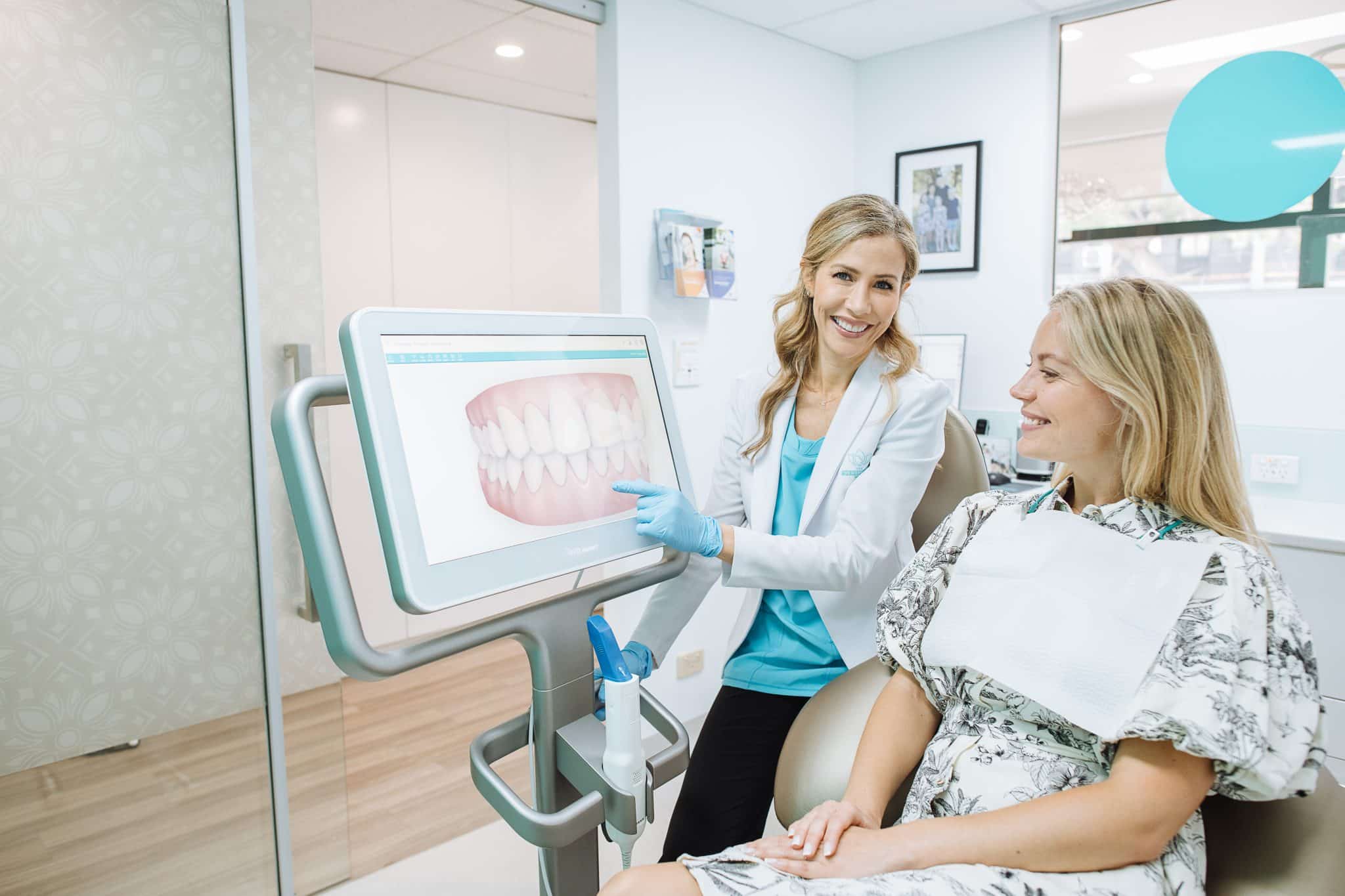Dental digital twins are revolutionizing the way dental professionals approach complex cases by providing a detailed, real-time virtual representation of a patient’s oral anatomy and treatment plan. This advanced technology allows for treatment forecasting and virtual simulations, enabling dentists to predict and plan long-term outcomes with greater accuracy. In this article, we explore the concept of dental digital twins and their role in improving patient care, treatment precision, and post-treatment success.
What Are Dental Digital Twins?
A dental digital twin is a virtual model of a patient’s oral structure, created by combining advanced imaging techniques like intraoral scans, CBCT (cone beam computed tomography), and other diagnostic tools. These digital models replicate every detail of the patient’s teeth, gums, and surrounding tissues.
By creating an exact digital copy of the patient’s oral health, dental professionals can simulate various treatment scenarios and predict potential outcomes before performing any actual procedures.
How Digital Twins Improve Treatment Planning
1. Precise Treatment Forecasting
Dental digital twins offer the unique ability to predict the long-term effects of various treatments, whether it’s a complex restorative procedure, orthodontic plan, or implant placement. With accurate simulations, dentists can forecast how treatments will impact the patient’s oral health over time, allowing for more informed decisions and better patient communication.
2. Virtual Simulations for Complex Cases
For patients requiring complex dental procedures, such as full-mouth rehabilitations, orthodontic adjustments, or implant placements, digital twins allow dentists to create virtual simulations. These simulations make it possible to test different approaches, evaluate possible complications, and assess potential outcomes in a risk-free environment. This leads to a more precise, personalized treatment approach, tailored to the patient’s unique needs.
3. Minimizing Treatment Risks
By predicting how treatments might affect bone structure, gum health, and adjacent teeth, digital twins help dentists minimize the risk of complications like implant failure, misaligned restorations, or gum recession. This predictive capability ensures that treatment plans are as efficient and effective as possible.
Key Benefits of Dental Digital Twins
1. Enhanced Patient Communication
One of the most significant advantages of using digital twins in dentistry is the ability to visually explain complex treatment plans to patients. Virtual simulations help patients understand the anticipated results of treatments, empowering them to make informed decisions about their oral health.
2. Improved Accuracy in Treatment Execution
With detailed, real-time data, dentists can perform procedures with greater precision. For example, with implant placements, a digital twin provides exact measurements and a clear visualization of the bone structure, helping to avoid critical structures like nerves and blood vessels.
3. Streamlined Follow-Up and Maintenance
Once treatment is completed, digital twins can continue to monitor a patient’s oral health. Regular updates to the virtual model allow dentists to track changes in the patient’s anatomy, providing early detection of issues such as gum recession or tooth movement, and allowing for timely interventions.
4. Customized Treatment Plans
Every patient’s oral structure is unique, and dental digital twins enable customized treatment plans based on the patient’s individual anatomy. This level of personalization helps in predicting outcomes for highly complex cases, such as full-mouth restoration or jaw surgery.
Applications of Dental Digital Twins
1. Implant Placement
Digital twins can predict the success of dental implants by simulating the impact of the implants on the surrounding tissues and bone structures. This allows for optimized implant placement and ensures better integration and stability.
2. Orthodontics
For orthodontic cases, digital twins enable the simulation of tooth movements over time, helping to predict the final results and ensuring that the treatment progresses as planned. This reduces the chances of errors and allows for faster, more effective tooth alignment.
3. Restorative Dentistry
When designing crowns, veneers, or bridges, digital twins ensure that restorations fit perfectly by simulating how they will interact with the teeth and gums. This predictive capability helps reduce the need for adjustments, improving both the appearance and longevity of restorations.
Overcoming Challenges and Limitations
While dental digital twins offer incredible benefits, there are still challenges to overcome. For instance, the high initial cost of the technology and the need for specialized training can be barriers for some dental practices. Additionally, ensuring that digital twins are updated regularly and accurately is crucial to maintaining the precision of the virtual models.
The Future of Dental Digital Twins
As technology continues to advance, the use of dental digital twins will likely become more widespread. The integration of artificial intelligence (AI) and machine learning could enhance the predictive capabilities of digital twins, providing even more accurate and dynamic simulations. Over time, this technology may evolve to allow for fully automated treatment planning, providing seamless and personalized care for every patient.
Dental digital twins are transforming the field of dentistry by offering a more accurate and efficient approach to treatment forecasting and virtual simulations. These innovative tools enable dentists to plan, execute, and monitor complex dental procedures with greater precision, ultimately improving patient outcomes and reducing the risk of complications. As digital twin technology continues to evolve, it is set to become an integral part of modern dentistry, providing a deeper understanding of oral health and offering personalized care that was once unimaginable.

